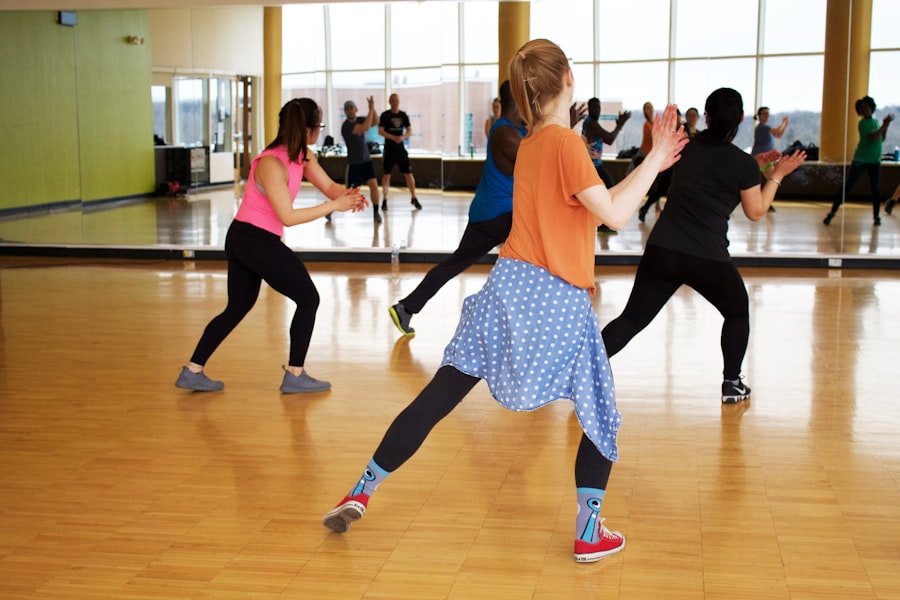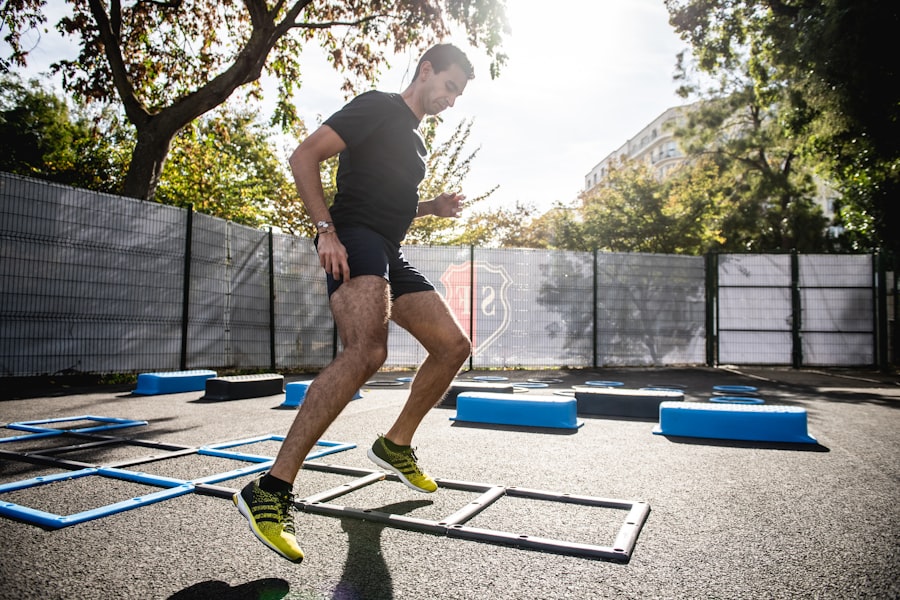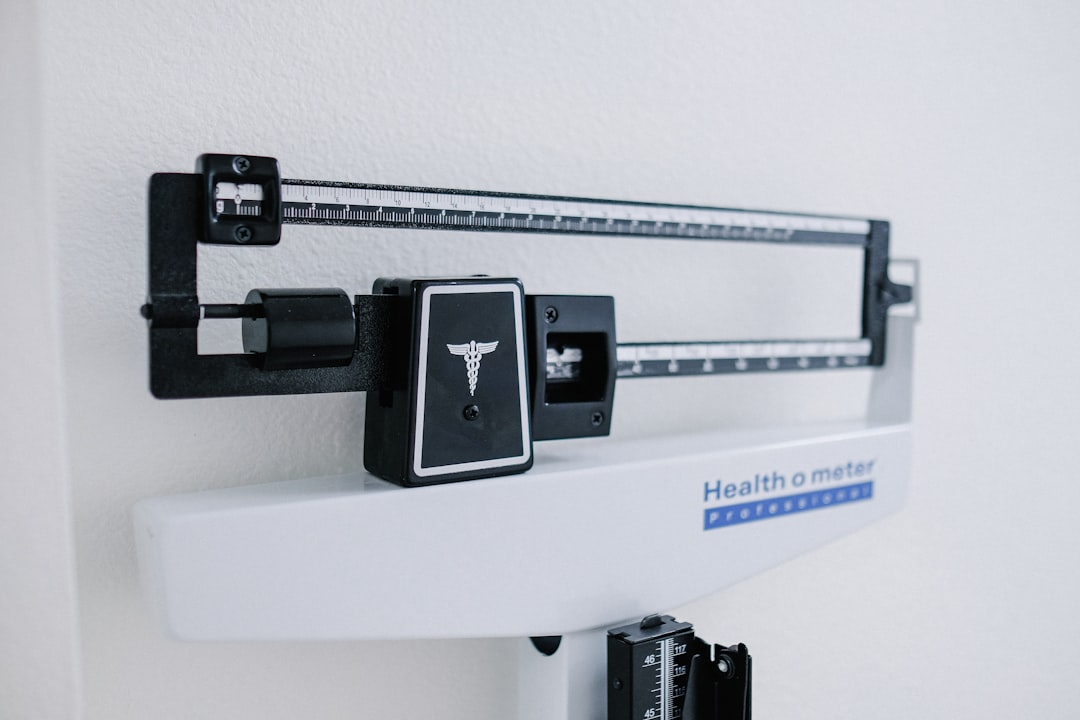Excess fat in the upper arms, colloquially referred to as “bat wings” or “bingo wings,” is a common concern, particularly among women. This accumulation of fat can impact self-esteem and clothing choices. Several factors contribute to arm fat, including genetics, aging, and hormonal fluctuations.
As individuals age, their metabolic rate typically decreases, facilitating fat storage in various body areas, including the arms. Hormonal changes, such as those experienced during menopause, can also influence fat distribution. Additionally, a sedentary lifestyle and poor nutrition can lead to overall weight gain, which may manifest as increased arm fat.
Insufficient muscle tone in the arms can exacerbate the appearance of excess fat. When arm muscles are underdeveloped, the arms may appear less defined and more flaccid. This lack of muscle tone is often a result of inadequate physical activity and strength training.
It is important to note that spot reduction, or targeting fat loss in a specific body area, is not physiologically possible. To reduce arm fat effectively, individuals must focus on overall body fat reduction through a comprehensive approach that includes a balanced diet, regular exercise, and healthy lifestyle habits.
Key Takeaways
- Arm fat is often caused by a combination of genetics, age, and lifestyle factors such as diet and exercise habits.
- A balanced diet with a focus on lean protein, healthy fats, and complex carbohydrates can help reduce arm fat.
- Effective arm exercises include tricep dips, bicep curls, and push-ups to target and tone the muscles in the arms.
- Cardiovascular exercises such as swimming, running, or cycling can help burn overall body fat, including arm fat.
- Resistance training with weights or resistance bands can help tone and strengthen the muscles in the arms for a more sculpted appearance.
- Lifestyle changes such as getting enough sleep, managing stress, and staying hydrated can contribute to reducing arm fat.
- Seeking professional help from a nutritionist, personal trainer, or doctor can provide personalized guidance and support for losing arm fat.
Diet and Nutrition for Losing Arm Fat
Diet and nutrition play a crucial role in reducing arm fat. In order to lose weight and reduce body fat, it’s important to create a calorie deficit by consuming fewer calories than your body needs to maintain its current weight. This can be achieved by making healthier food choices and controlling portion sizes.
Focus on eating a balanced diet that includes plenty of fruits, vegetables, lean proteins, and whole grains. These foods are low in calories but high in nutrients, which can help you feel full and satisfied while consuming fewer calories. In addition to making healthier food choices, it’s important to pay attention to portion sizes.
Overeating, even healthy foods, can lead to weight gain and the accumulation of excess fat in the arms. Using smaller plates, measuring out serving sizes, and being mindful of portion control can help you manage your calorie intake and support your weight loss goals. It’s also important to limit your intake of processed and high-sugar foods, as these can contribute to weight gain and make it more difficult to lose arm fat.
Instead, opt for whole, unprocessed foods that are nutrient-dense and support overall health and well-being.
Effective Arm Exercises

In addition to making dietary changes, incorporating effective arm exercises into your workout routine can help tone and strengthen the muscles in your arms. Some effective arm exercises include bicep curls, tricep dips, and overhead tricep extensions. Bicep curls target the muscles in the front of the arms, while tricep dips and overhead tricep extensions target the muscles in the back of the arms.
These exercises can be performed using dumbbells or resistance bands to provide added resistance and challenge the muscles. Another effective arm exercise is the push-up, which not only targets the muscles in the arms but also engages the chest, shoulders, and core. Push-ups can be modified to suit different fitness levels and can be performed on the knees or toes.
Incorporating these exercises into your workout routine can help strengthen and tone the muscles in your arms, leading to a more defined and sculpted appearance. In addition to targeted arm exercises, incorporating full-body strength training exercises can also help reduce overall body fat and contribute to a more toned and lean physique. Exercises such as squats, lunges, and deadlifts engage multiple muscle groups and can help increase muscle mass and boost metabolism, leading to greater calorie burn and fat loss.
Cardiovascular Exercise for Arm Fat Loss
Cardiovascular exercise is an important component of any weight loss or fat reduction plan, including reducing arm fat. Engaging in regular cardiovascular exercise can help increase calorie burn, improve heart health, and contribute to overall fat loss. When it comes to reducing arm fat, it’s important to focus on exercises that engage the muscles in the arms and upper body.
Some effective cardiovascular exercises for targeting arm fat include swimming, rowing, and boxing. These exercises engage the muscles in the arms and upper body while providing a challenging cardiovascular workout. Additionally, activities such as cycling, running, and brisk walking can also help reduce overall body fat, including fat in the arms.
Incorporating high-intensity interval training (HIIT) into your workout routine can also be an effective way to burn calories and reduce arm fat. HIIT involves alternating between short bursts of intense exercise and periods of rest or lower-intensity exercise. This type of training has been shown to be effective for burning fat and improving cardiovascular fitness.
Resistance Training for Toning Arms
Resistance training is an essential component of any arm fat reduction plan. By incorporating resistance training exercises into your workout routine, you can help build lean muscle mass in the arms while increasing metabolism and promoting overall fat loss. In addition to targeted arm exercises such as bicep curls and tricep dips, incorporating full-body resistance training exercises can help maximize calorie burn and promote muscle growth.
Exercises such as bench presses, lat pulldowns, and bent-over rows engage multiple muscle groups, including those in the arms, chest, back, and shoulders. These exercises can help increase muscle mass and strength in the upper body while contributing to a more toned and sculpted appearance. In addition to traditional weightlifting exercises, incorporating bodyweight exercises such as push-ups, planks, and pull-ups can also help strengthen and tone the muscles in the arms.
These exercises require no equipment and can be performed anywhere, making them a convenient option for targeting arm fat.
Lifestyle Changes for Arm Fat Reduction

In addition to diet and exercise, making lifestyle changes can also contribute to reducing arm fat. Getting an adequate amount of sleep each night is important for overall health and well-being, as well as for supporting weight loss goals. Lack of sleep has been linked to weight gain and increased appetite, which can make it more difficult to lose arm fat.
Managing stress levels is also important for reducing arm fat. Chronic stress can lead to emotional eating and poor dietary choices, which can contribute to weight gain and the accumulation of excess fat in the arms. Finding healthy ways to manage stress, such as through exercise, meditation, or spending time with loved ones, can help support your weight loss goals.
Additionally, staying hydrated is important for overall health and can support weight loss efforts. Drinking an adequate amount of water each day can help keep you feeling full and satisfied, making it easier to manage your calorie intake and support your weight loss goals.
Seeking Professional Help for Arm Fat Loss
For some individuals, seeking professional help may be necessary for effectively reducing arm fat. Consulting with a registered dietitian or nutritionist can provide personalized guidance on creating a healthy eating plan that supports weight loss and overall health. A professional trainer or fitness coach can also provide guidance on creating an effective workout routine that targets arm fat while promoting overall fitness and well-being.
In some cases, individuals may consider seeking medical interventions for reducing arm fat. Procedures such as liposuction or non-invasive body contouring treatments may be options for those looking for more immediate results. It’s important to consult with a qualified medical professional to discuss the potential risks and benefits of these procedures before making a decision.
In conclusion, reducing arm fat requires a comprehensive approach that includes making dietary changes, incorporating effective exercise routines, making lifestyle adjustments, and seeking professional guidance when necessary. By focusing on overall weight loss and body fat reduction through a combination of diet, exercise, and lifestyle changes, individuals can achieve a more toned and sculpted appearance in their arms while improving their overall health and well-being.





